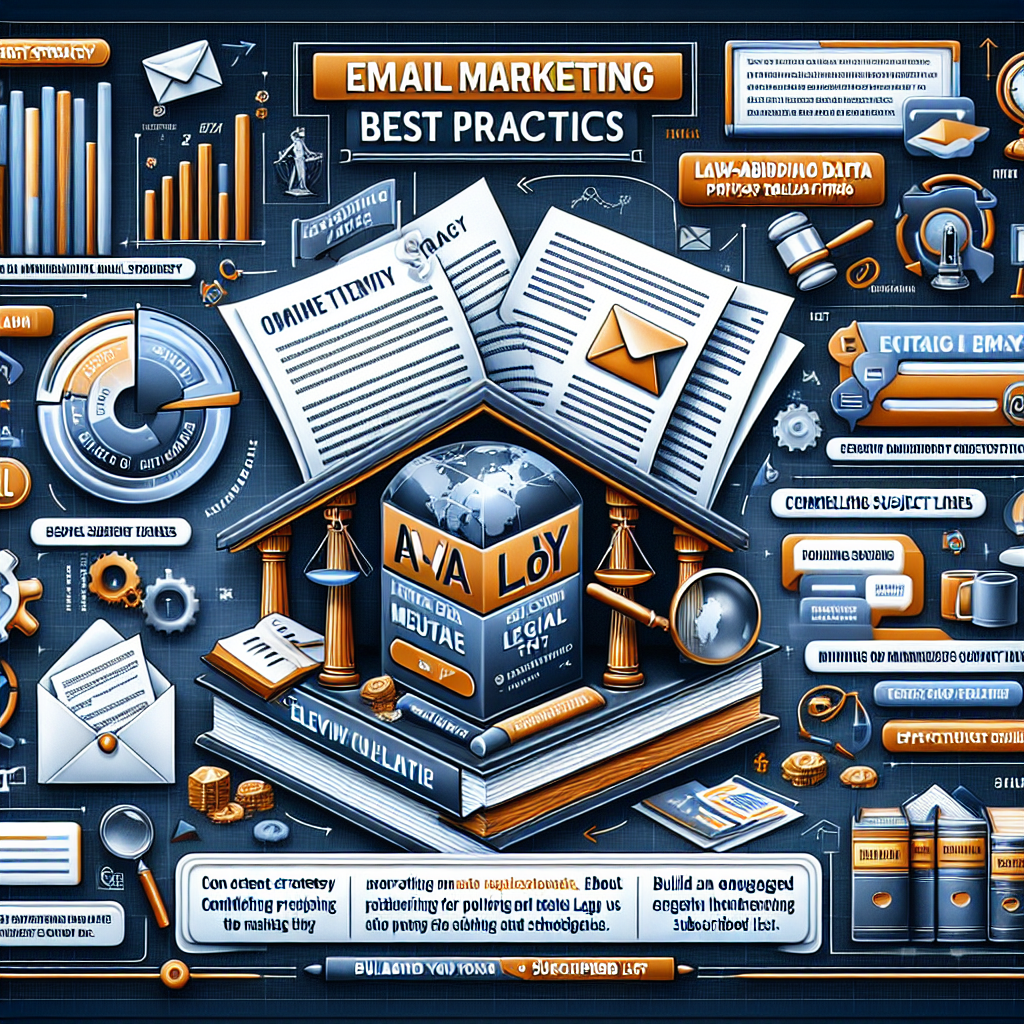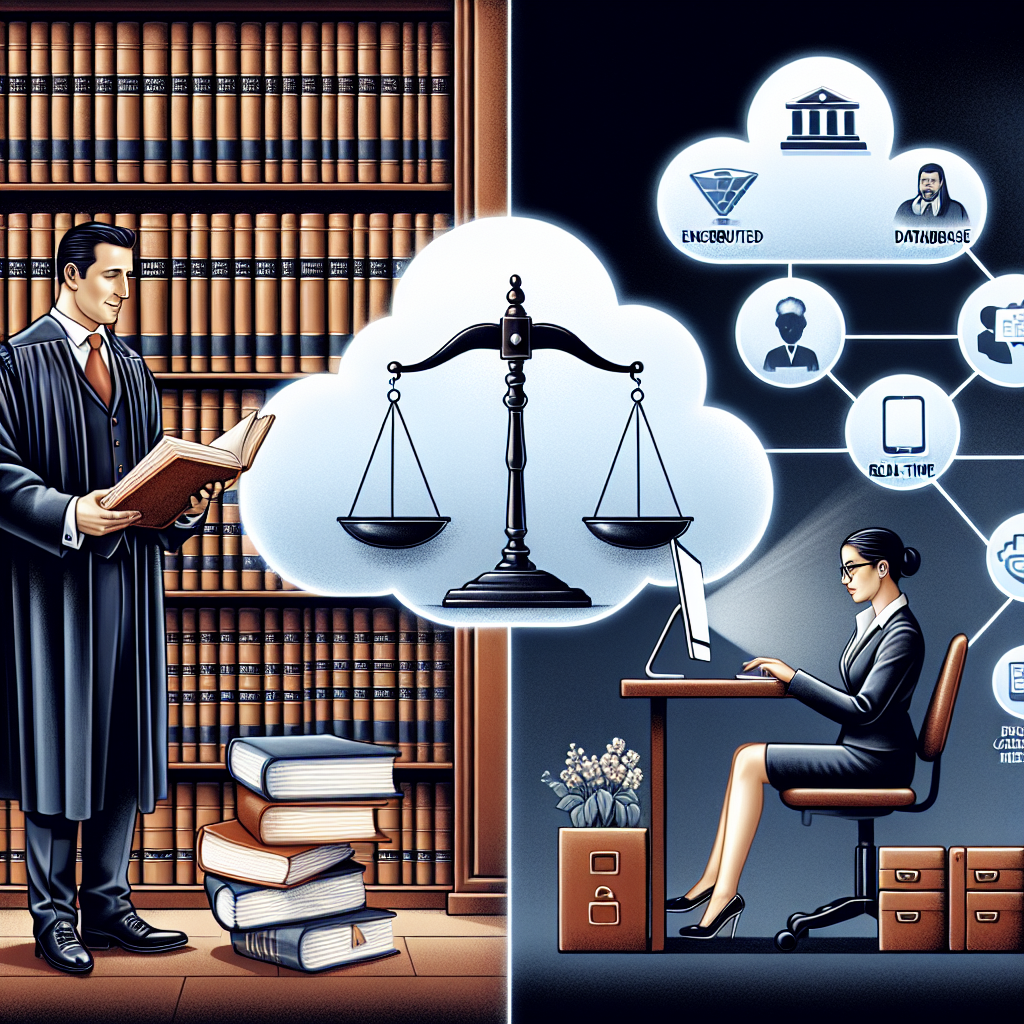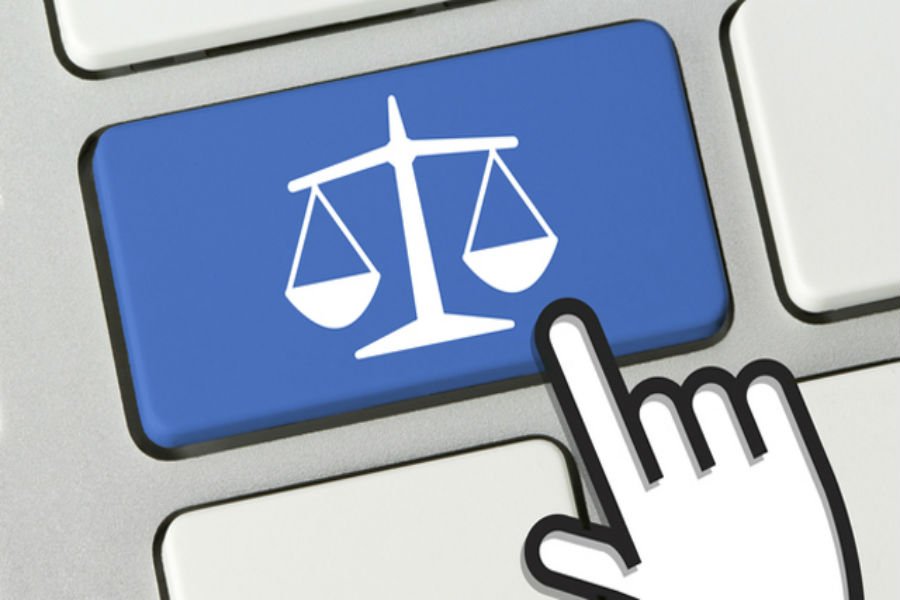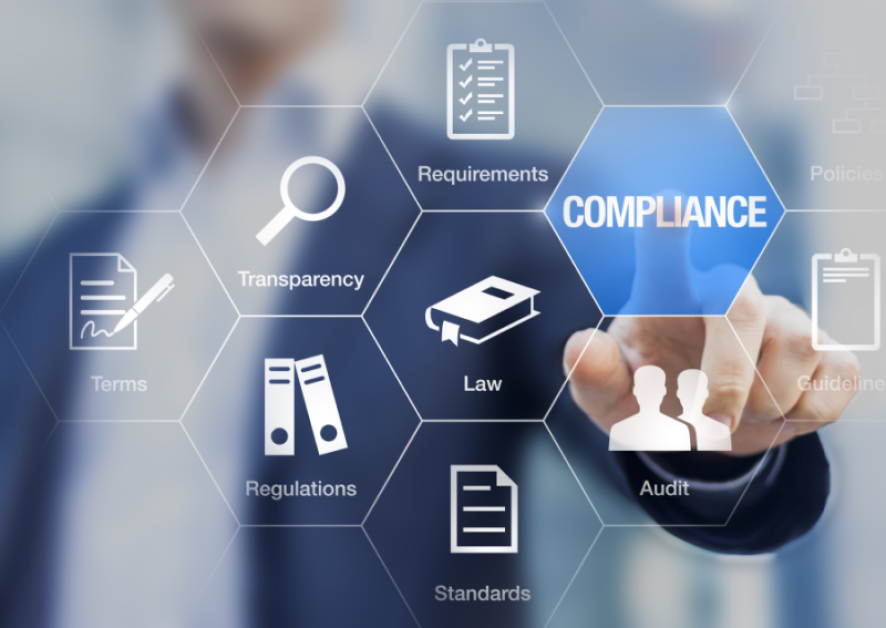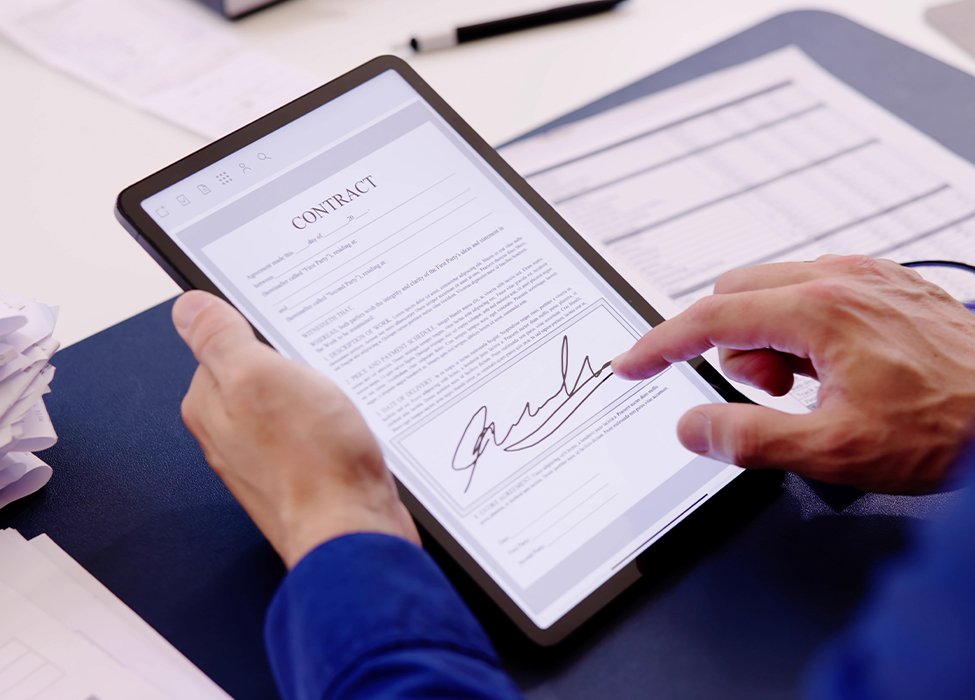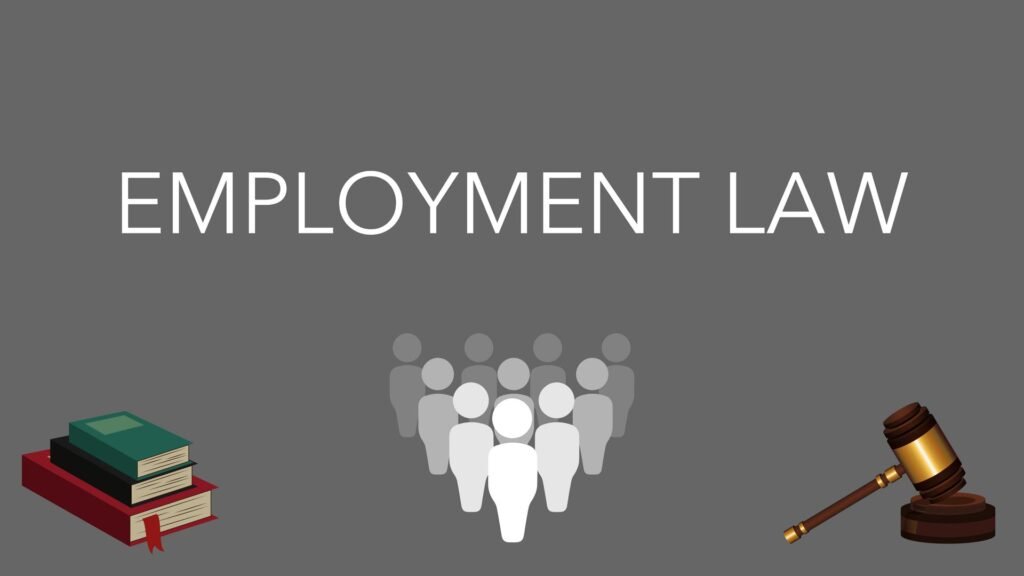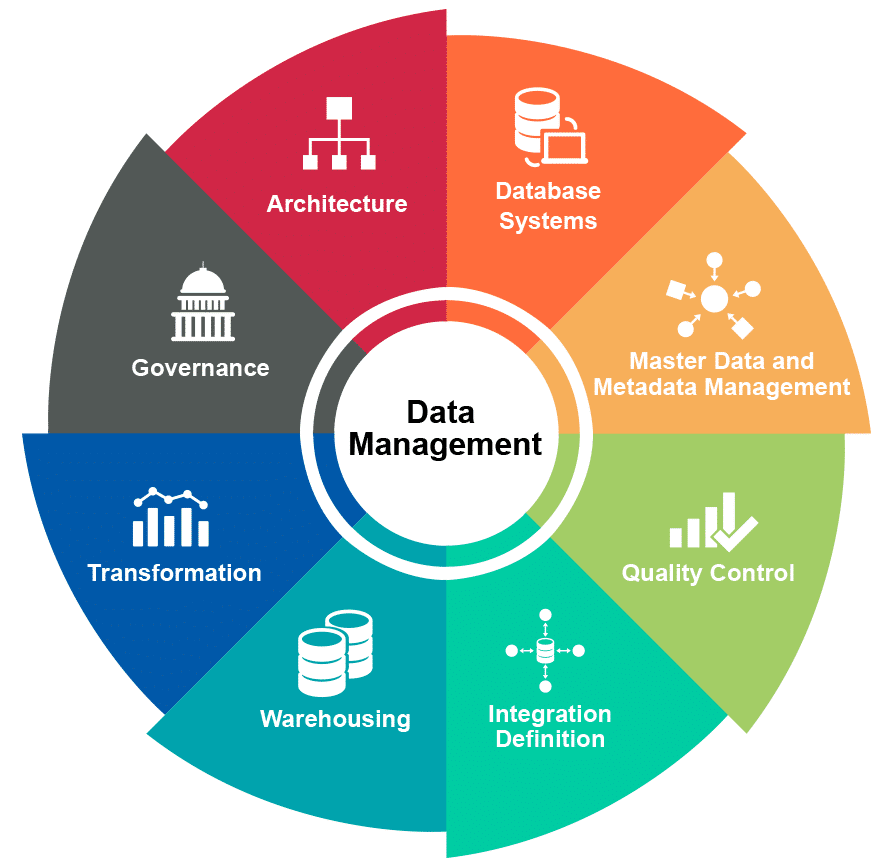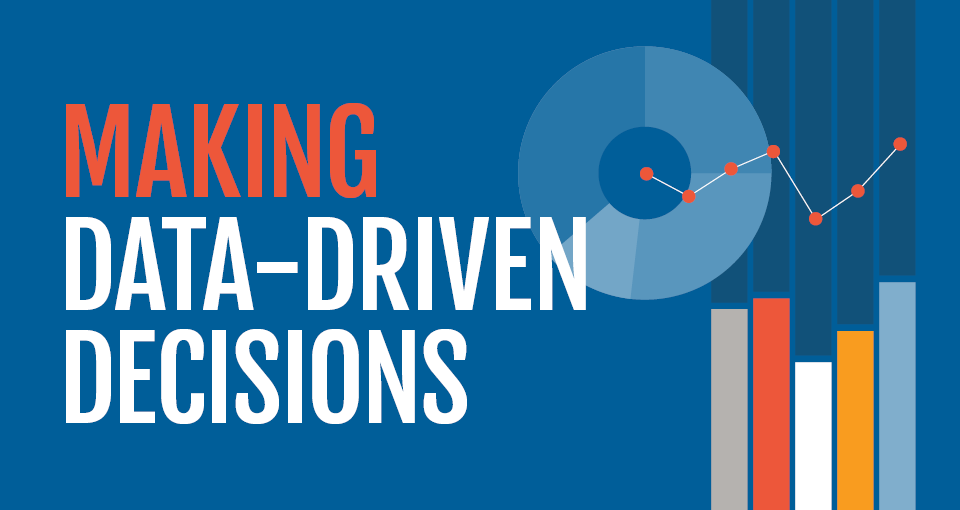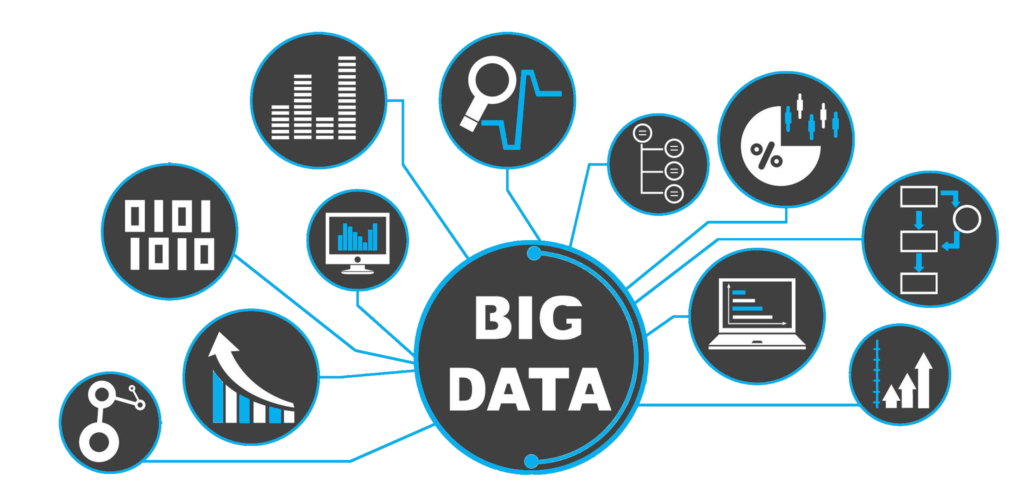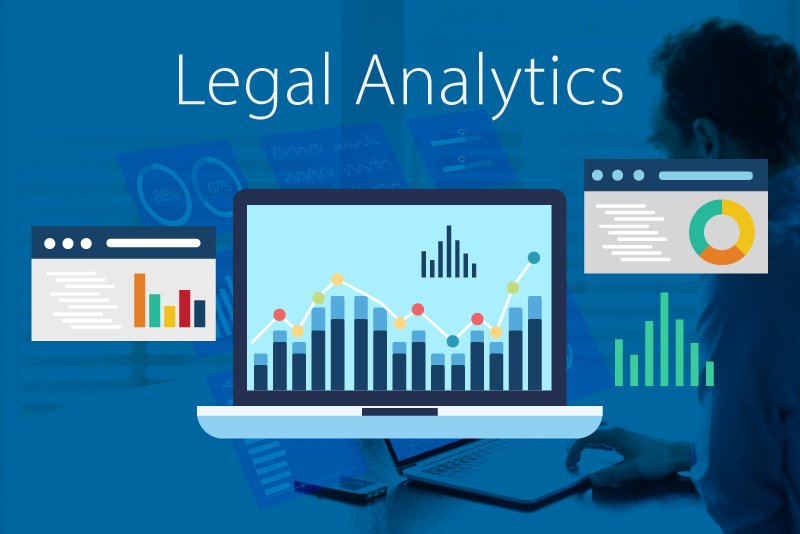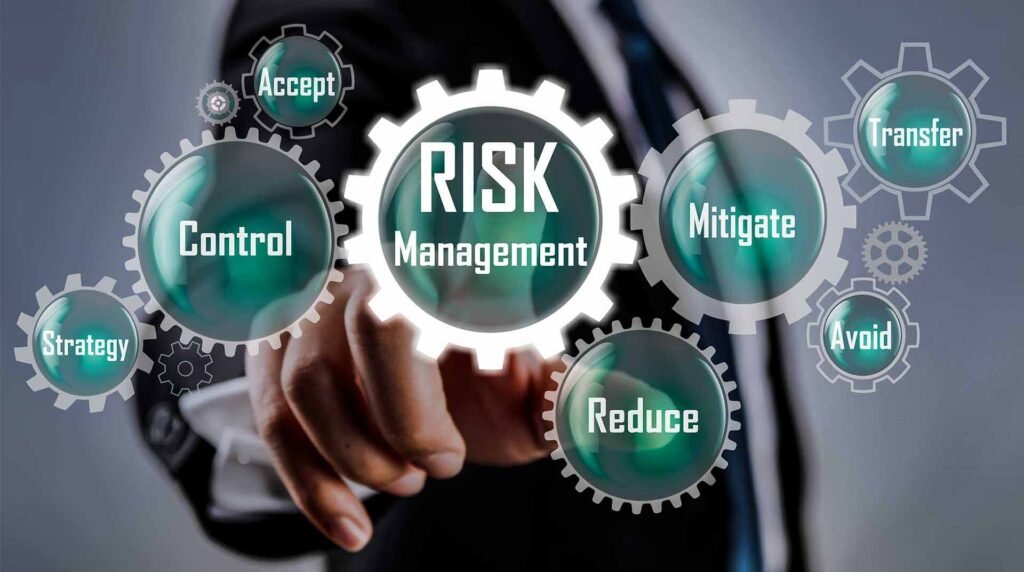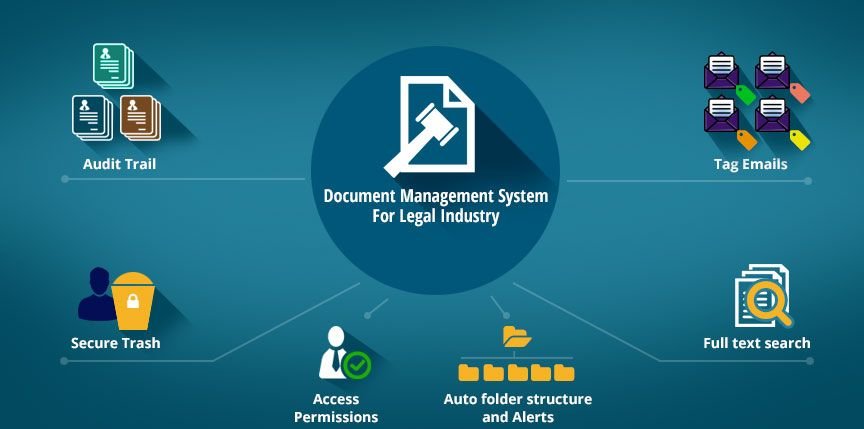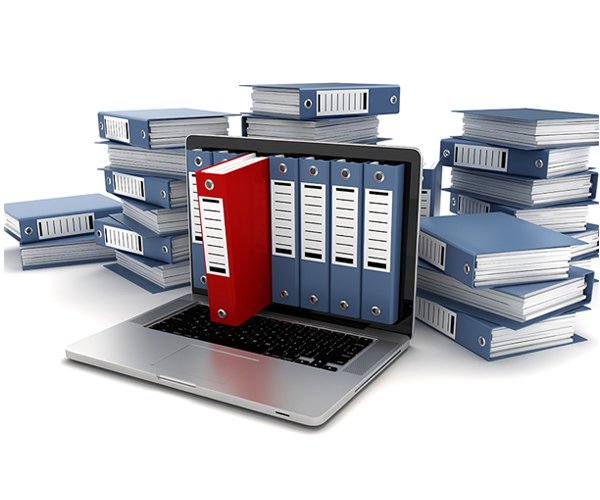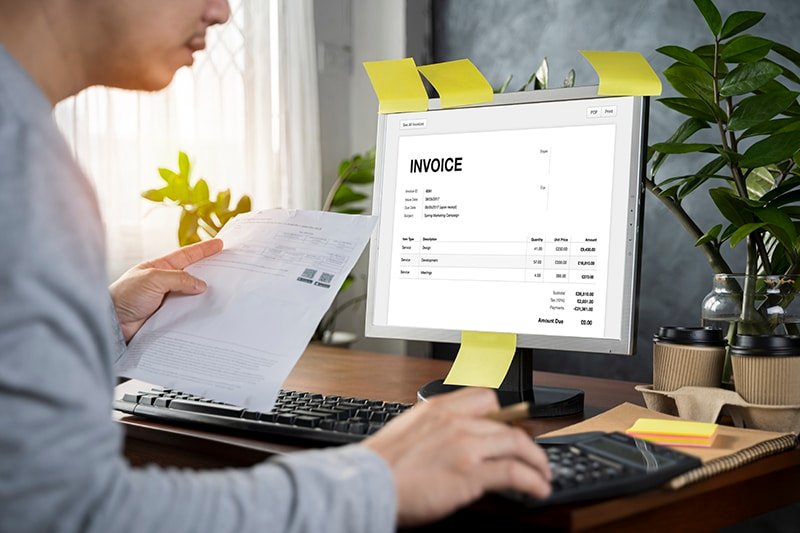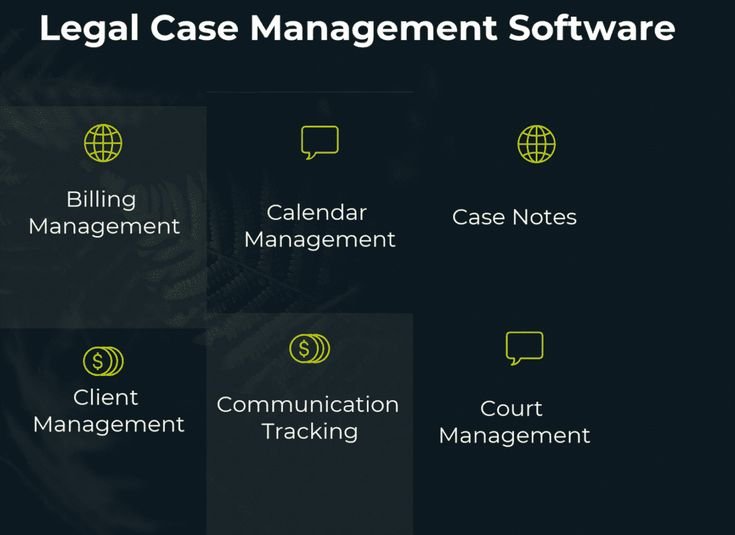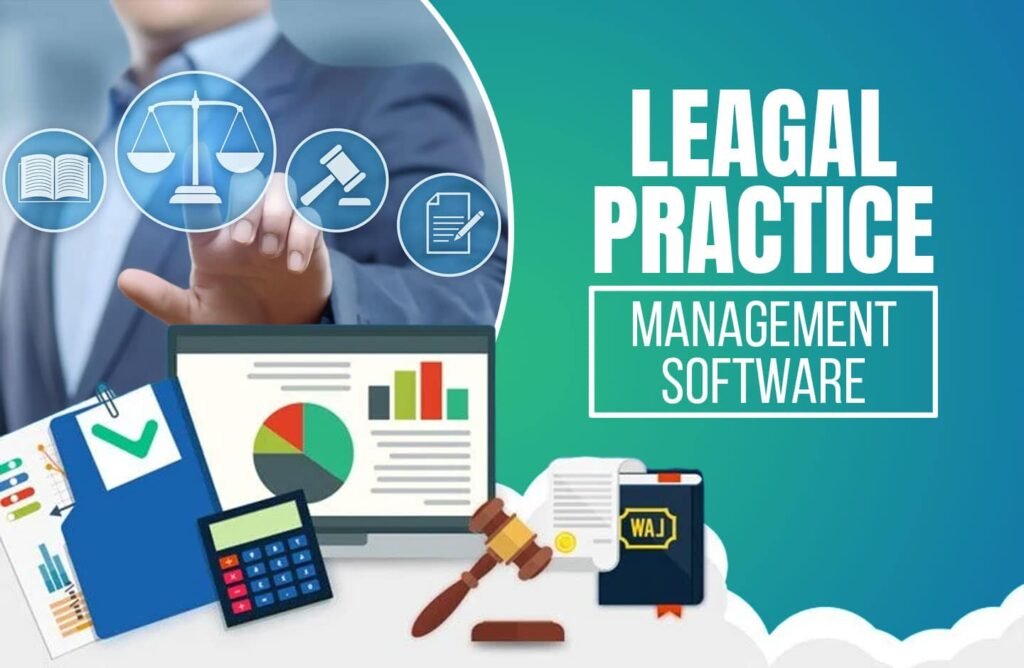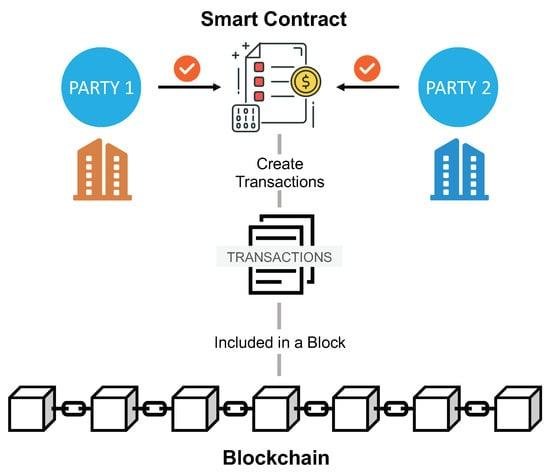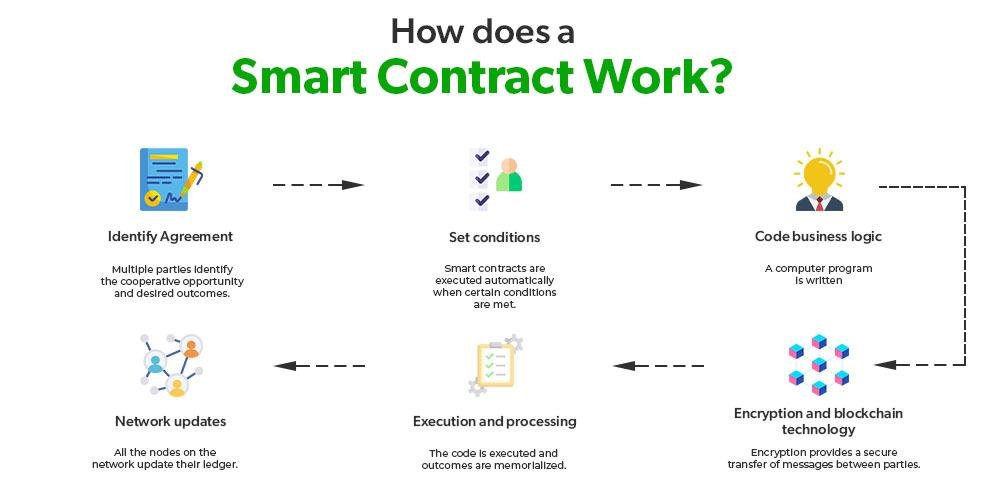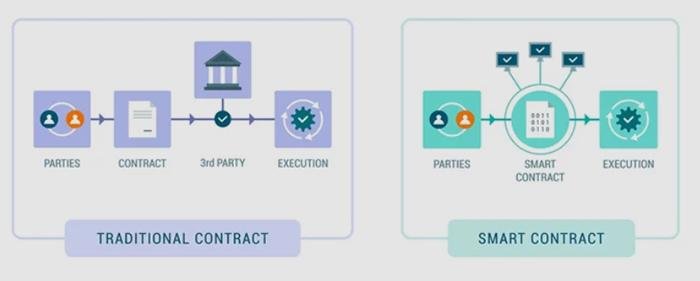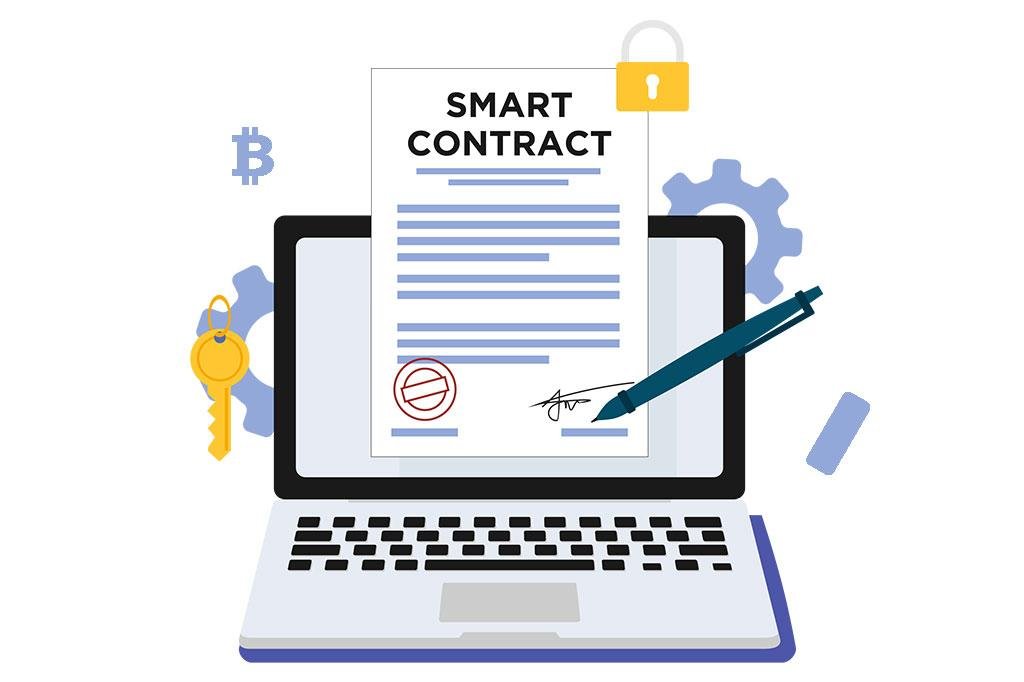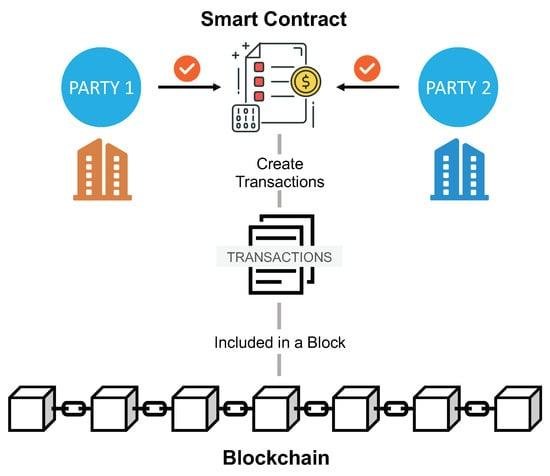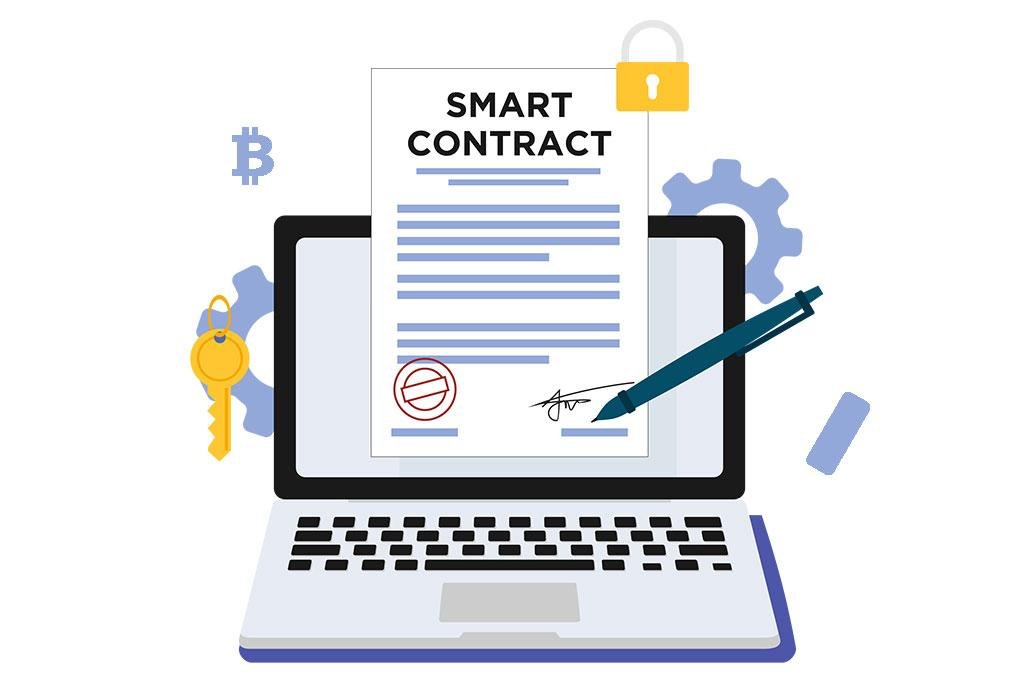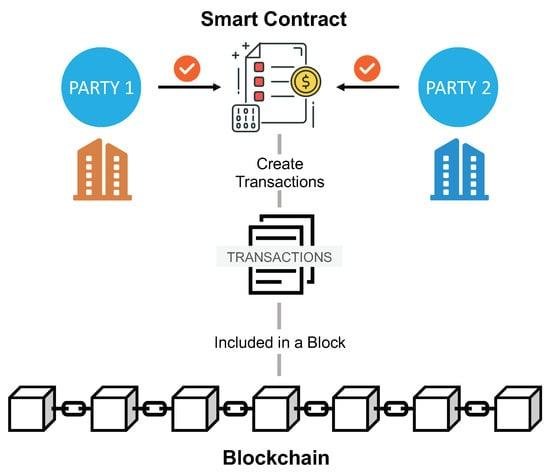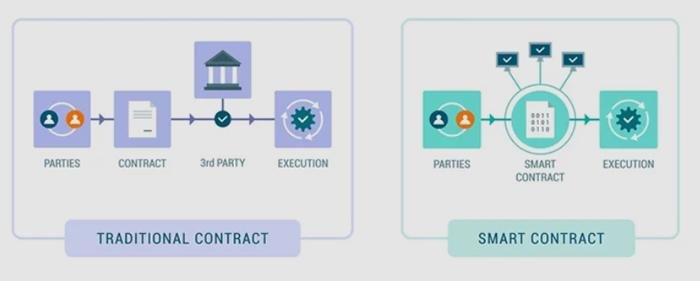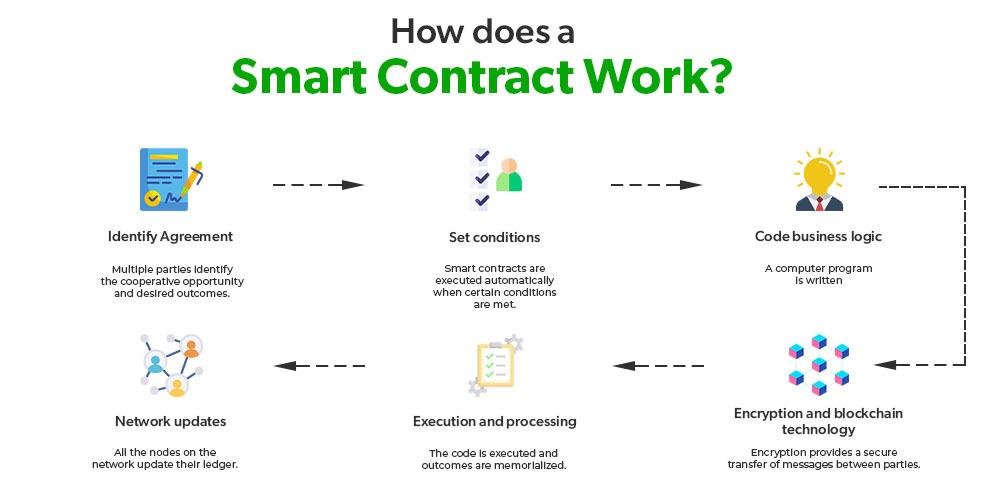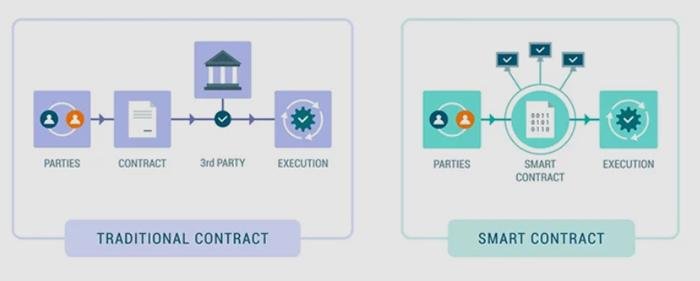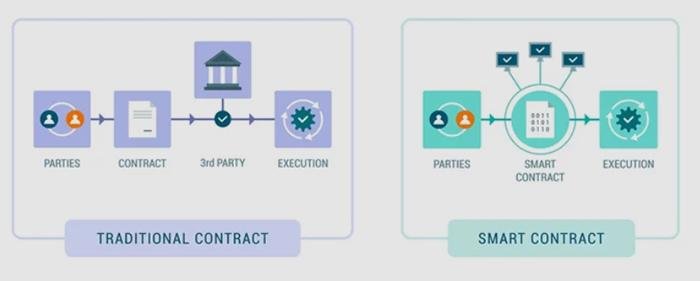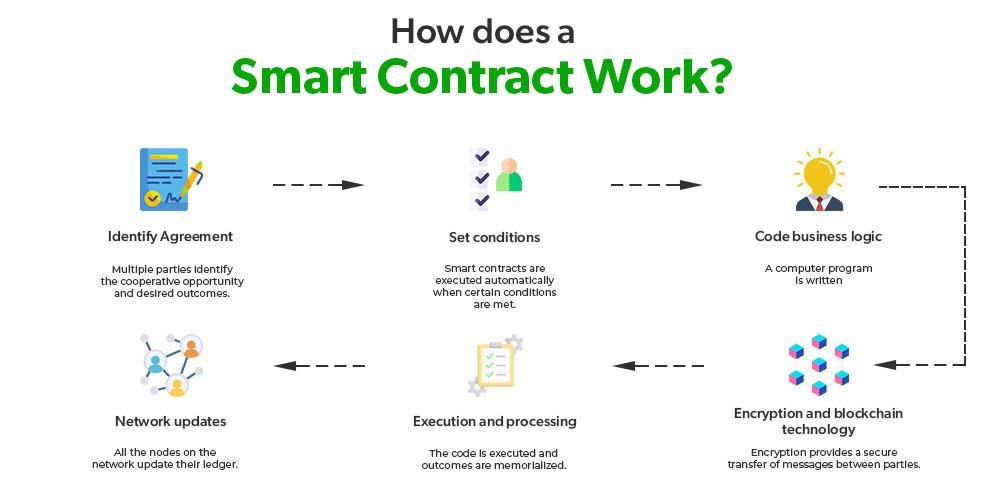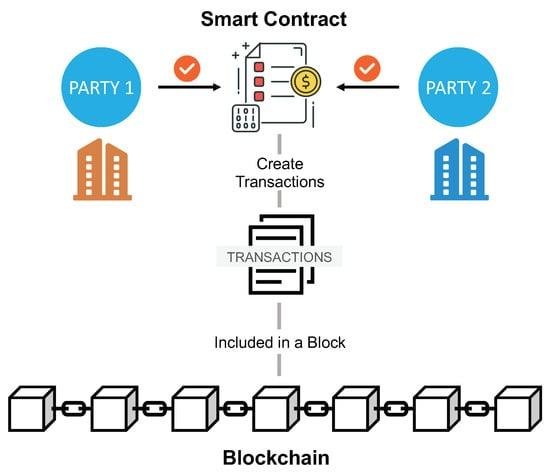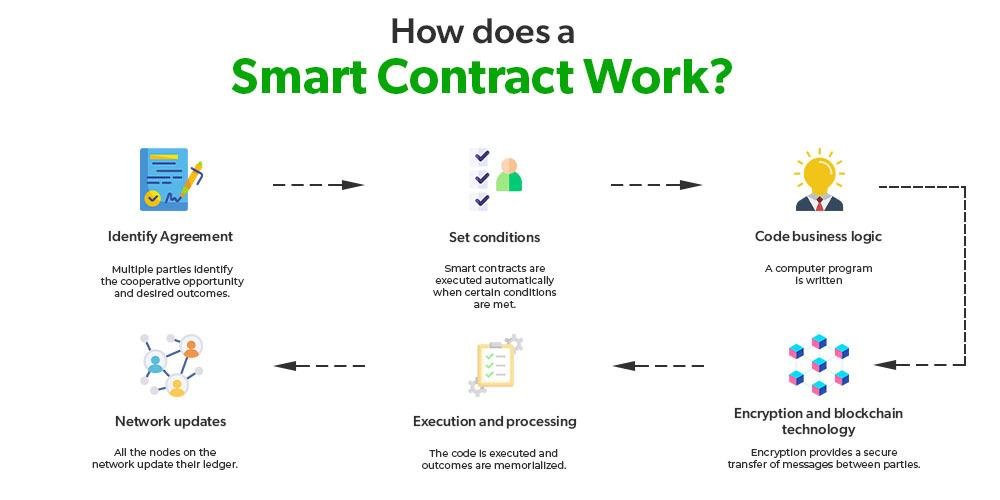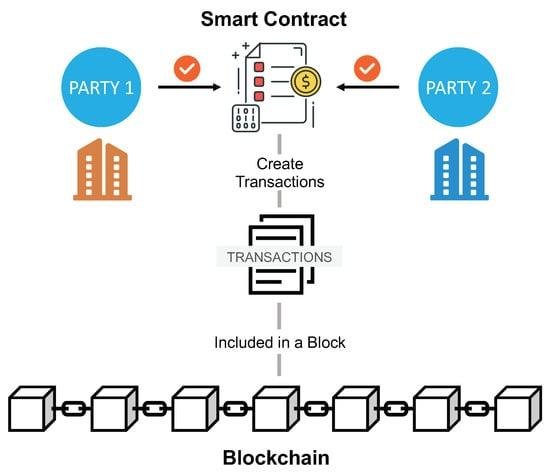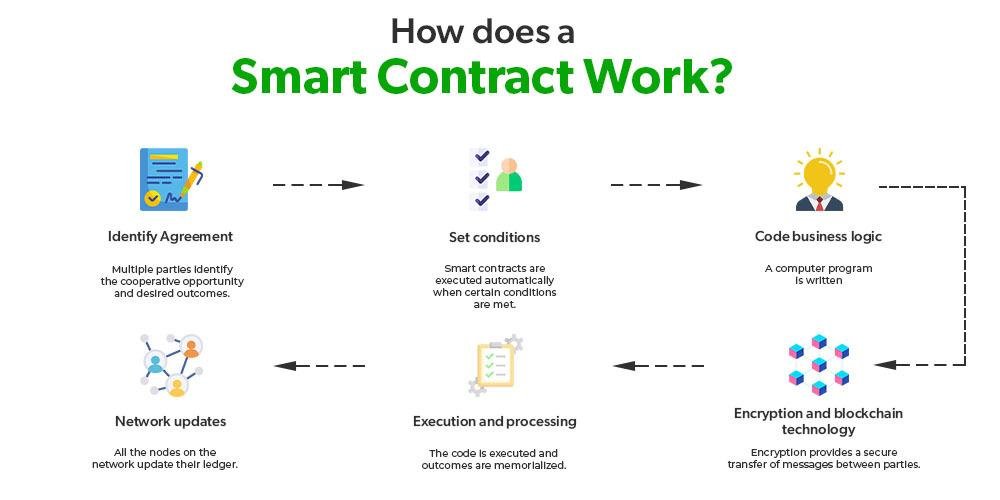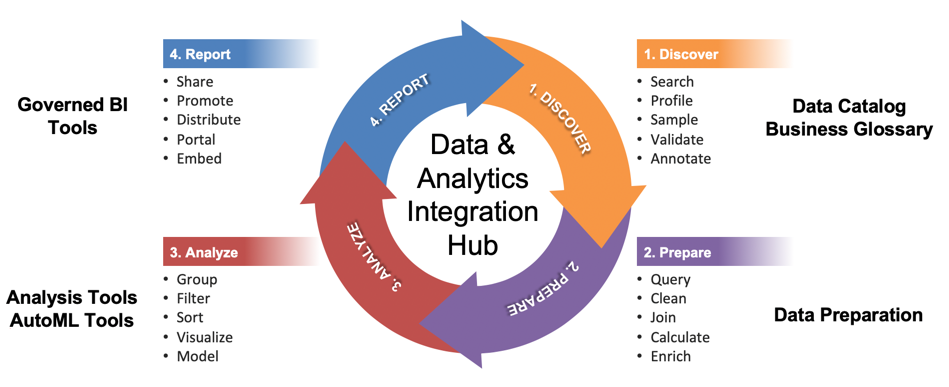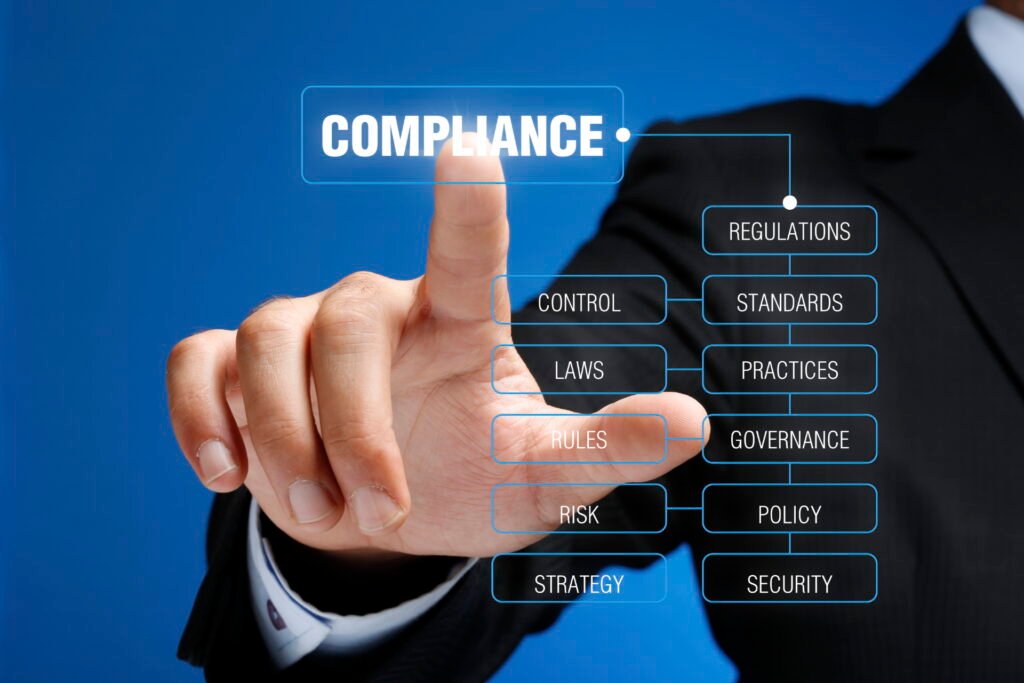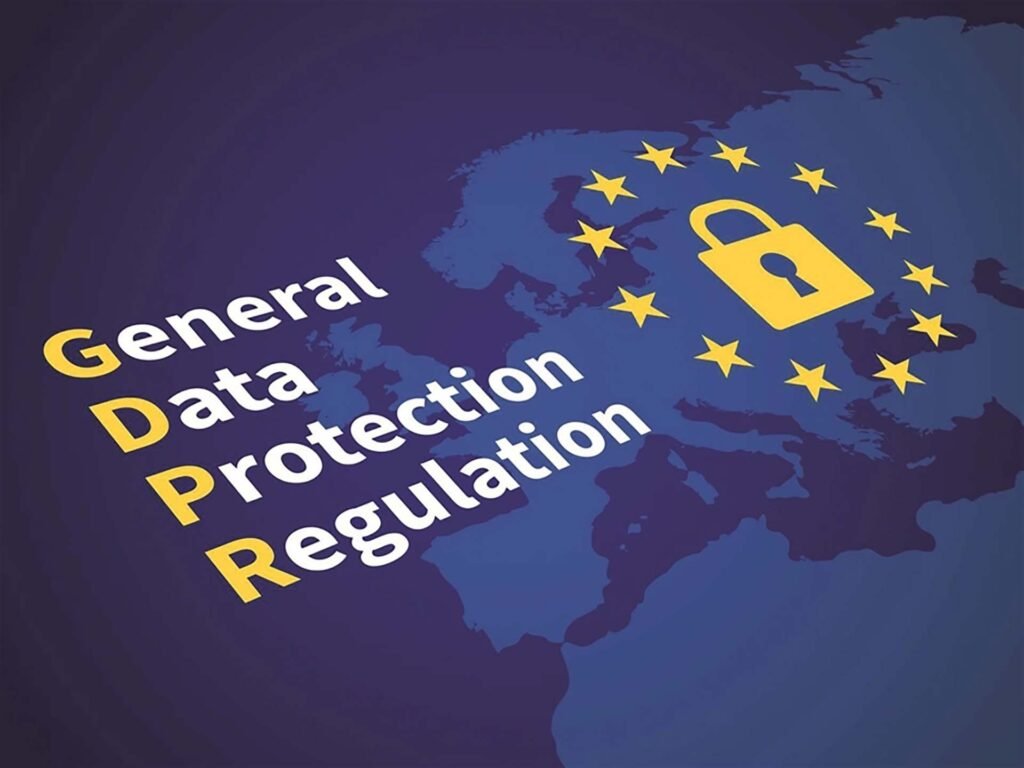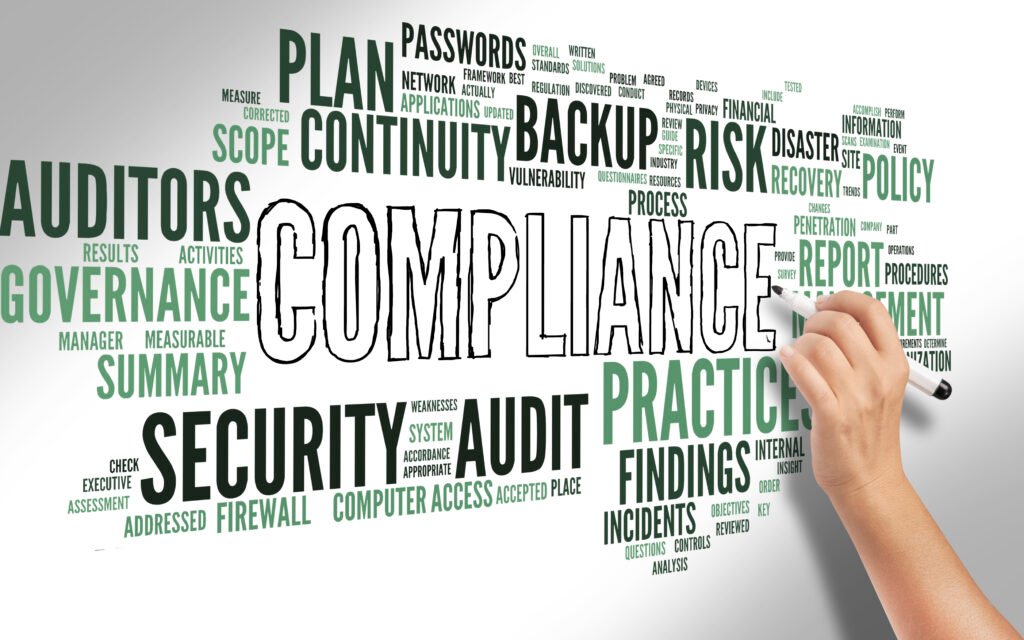Email Marketing Best Practices for Legal Professionals: A Complete Guide

Introduction
Email marketing is a powerful tool for legal professionals seeking to connect with clients, build relationships, and enhance their practice’s visibility. In an increasingly digital world, effective email communication can set a law firm apart from its competitors. This complete guide outlines the best practices for email marketing tailored specifically for legal professionals. It covers essential strategies for crafting compelling content, segmenting audiences, ensuring compliance with legal regulations, and measuring campaign success. By implementing these best practices, legal professionals can leverage email marketing to engage clients, nurture leads, and ultimately drive growth in their practice.
Subject Line Strategies for Legal Email Campaigns
Crafting effective subject lines is crucial for engaging clients and prospects in legal email marketing. Here are key strategies to create impactful subject lines:
- Keep It Concise
- Limit to 50 Characters: Ensure your subject line is short enough to be fully visible on most devices, especially mobile phones.
- Use Relevant Keywords
- Choose Terms That Resonate: Incorporate phrases like “legal advice,” “case updates,” or “client resources” to attract your target audience’s attention.
- Reflect Your Brand’s Tone
- Match the Audience: Use a formal tone for corporate clients and a conversational style for individual clients seeking personal assistance.
- Create Urgency or Exclusivity
- Prompt Immediate Action: Use phrases like “Limited Time Offer” or “Exclusive Insights for Our Clients” to encourage recipients to open the email.
- Be Honest: Ensure that any urgency is genuine to maintain credibility.
- Incorporate Personalization
- Make It Tailored: Use the recipient’s name or reference their specific legal needs. For example, “John, Discover Your Options for Estate Planning” makes the recipient feel valued.
- Utilize A/B Testing
- Experiment for Improvement: Test different subject lines (wording, length, style) to see what resonates best with your audience. Use the data to refine your approach.
- Maintain Compliance and Honesty
- Avoid Misleading Language: Ensure your subject lines accurately reflect the email content to uphold ethical standards and protect your reputation.
Segmenting Your Audience for Targeted Messaging
Audience segmentation is a powerful strategy in email marketing for legal professionals. Here’s how to effectively segment your audience for better engagement and client relationships:
- Identify Your Audience Segments
- Diverse Clientele: Recognize that legal professionals serve different clients, from individuals seeking personal injury representation to businesses needing corporate legal advice.
- Categorize Based on Criteria: Use factors like demographics, legal needs, and past interactions to create distinct groups. For example:
- Divorce clients
- Child custody cases
- Adoption inquiries
- Personalize Your Messaging
- Tailored Content: Go beyond just using the recipient’s name. Craft messages that address their specific legal situations and interests.
- Relevant Information: For clients interested in estate planning, include updates on estate tax laws or offer consultations to discuss their options.
- Utilize Data Analytics
- Analyze Client Behavior: Track metrics such as email open rates and click-through rates to understand what content resonates with each segment.
- Refine Messaging: Adjust your future communications based on insights. If a segment responds well to articles about personal injury rights, focus on that topic.
- Craft Effective Calls to Action (CTAs)
- Targeted CTAs: Create calls to action that align with each segment’s needs.
- Examples:
- Offer a free guide on legal compliance to small business owners.
- Encourage scheduling a consultation for estate planning inquiries.
- Foster Personal Connections
- Build Trust and Rapport: By connecting with your audience on a personal level through tailored messages, you enhance client satisfaction and loyalty.
- Engagement Over Communication: Focus on meaningful engagement, not just sending emails.
Crafting Compelling Content for Legal Newsletters

Compliance with Legal Marketing Regulations
Legal professionals using email marketing must adhere to various regulations to protect consumers and ensure ethical communication. Here’s a simplified breakdown of key compliance areas:
- Understand the CAN-SPAM Act
- Accurate Information: Emails must have correct header information, including a valid physical address.
- Identify Advertisements: Clearly label emails as advertisements to inform recipients.
- Opt-Out Mechanism: Provide a simple way for recipients to unsubscribe from future emails.
- Be Aware of State-Specific Regulations
- Local Laws: Some states have stricter email marketing laws, including consent requirements and handling personal information.
- Research: Familiarize yourself with the regulations in your jurisdiction to avoid penalties.
- Follow Ethical Guidelines
- Honesty and Clarity: Adhere to guidelines set by the American Bar Association (ABA) and state bar associations.
- Avoid Misleading Claims: Don’t make false or exaggerated statements about your services.
- Protect Client Information
- Confidentiality Obligations: Ensure client confidentiality extends to email marketing.
- Data Protection Laws: Comply with laws like the General Data Protection Regulation (GDPR) when collecting personal information.
- Obtain Consent: Get explicit permission from individuals before sending marketing emails and explain how their data will be used.
- Maintain Accurate Records
- Track Consent and Opt-Outs: Keep records of who has consented to receive emails and who has opted out.
- Diligence: Having a robust tracking system helps demonstrate compliance if needed.
- Stay Informed and Proactive
- Continuous Learning: Regularly update your knowledge on email marketing regulations and ethical guidelines.
- Build Trust: Compliance fosters credibility and strengthens client relationships.
Best Practices for Designing Mobile-Friendly Emails
To effectively engage clients on mobile devices, legal professionals should focus on creating mobile-friendly emails by following these key practices:
- Simplicity: Use a clean, single-column layout for easy reading without excessive scrolling.
- Font Size: Opt for larger fonts (14-16 pixels) and web-safe fonts for consistent display.
- Contrast: Ensure good contrast between text and background for better visibility.
- White Space: Incorporate ample white space to break up content and guide the reader’s eye.
- Images: Use compressed images for faster loading and include alt text for accessibility.
- Calls-to-Action (CTAs): Make buttons prominent and at least 44 pixels in size for easy tapping.
- Testing: Preview emails on various devices to check formatting and functionality.
- Timing: Schedule emails for peak reading times, like early mornings or commutes.
- Analysis: Track open and click-through rates to refine your email strategies.
By implementing these practices, legal professionals can enhance their email communications and foster stronger client relationships.
Conclusion
In conclusion, effective email marketing for legal professionals hinges on understanding the target audience, adhering to ethical guidelines, and delivering valuable content. By segmenting email lists, personalizing communications, and maintaining compliance with regulations, legal professionals can enhance engagement and build trust. Consistent branding, clear calls to action, and regular performance analysis further optimize campaigns. Implementing these best practices will not only improve client relationships but also drive business growth in a competitive legal landscape.










































































































































































































































































